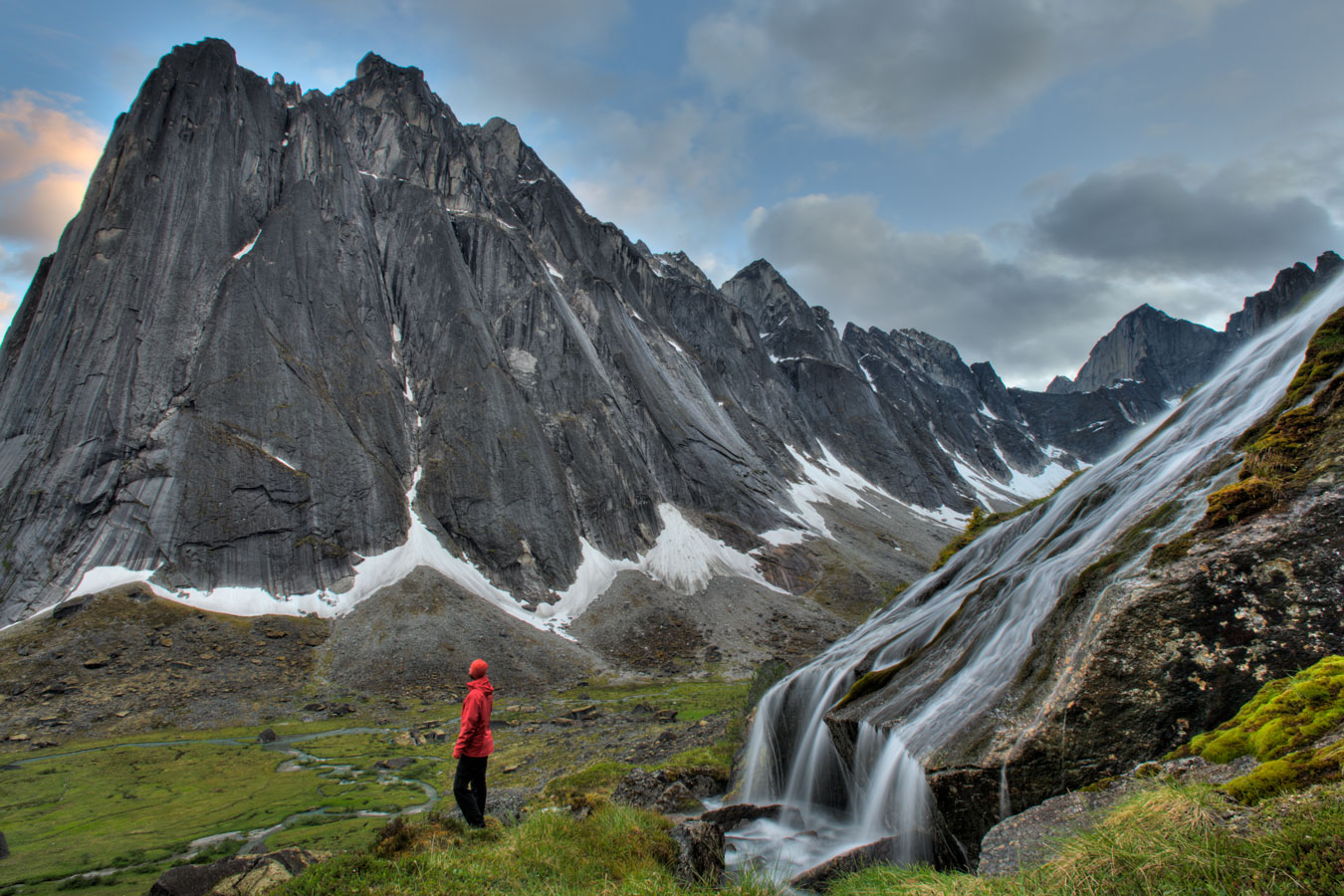
HOME > INDIGENOUS-LED CONSERVATION > Indigenous PROTECTED AREAS
Indigenous PROTECTED AREAS
READ MORE
Indigenous Nations are proposing, creating and managing Indigenous Protected and Conserved Areas (IPCA) across the Boreal Forest. These places reflect Indigenous Peoples’ aspirations for the land, and they conserve clean water, intact forests and deep storehouses of carbon for all people.
In an influential report, the Indigenous Circle of Experts explained that IPCAs can take many forms, but they share these common elements:
· They are Indigenous-led.
· They represent a long-term commitment to conservation.
· They elevate Indigenous rights and responsibilities.
IPCAs may be established in collaboration with federal, provincial and territorial governments and may be designated as national parks, tribal parks or wildlife areas. “Regardless of the official name, a landscape becomes an Indigenous protected area based on the process through which it is created,” writes the Indigenous Leadership Initiative. “In Indigenous protected areas, Indigenous governments play the primary role in identifying the lands for conservation, shaping the goals and managing the land.”
About 185 kilometres east of Yellowknife, for instance, the Łutsël K’é Dene First Nation led the creation of the Thaidene Nëné Indigenous Protected Area in 2019. This sweep of Boreal Forest is home to moose, musk oxen, caribou herds, and hundreds of thousands of songbirds and waterfowl. It’s also dotted with vibrant wetlands that store deep reserves of carbon. A national park reserve encompass 1.4 million hectares of these forest lands, and a nearby territorial park—also co-created with Łutsël K’é—protect an additional 1.2 million hectares.
Łutsël K’é Dene also ensured the entire area is managed with the Ni Hat’ni Dene program, Indigenous Guardians who monitor wildlife, test water quality and interpret cultural sites for visitors.
Gloria Enzo, a member of the Ni Hat’ni Dene program explained, “We are sustaining our traditional territory not only for us but for the whole world. Our ecosystem is so pure, we have so many trees that we are cleaning up a lot of pollution… We are protecting Mother Earth in order for the rest of the world to live on her.”
Edéhzhíe - Indigenous Protected Area Profiles
What does Indigenous-led conservation look like? Here’s one example. Dehcho First Nations worked with Canada to designate the Edéhzhíe Dehcho Protected Area & National Wildlife Area, conserving over 14,200 sq km of Boreal Forest. That's twice the size of Banff National Park.



